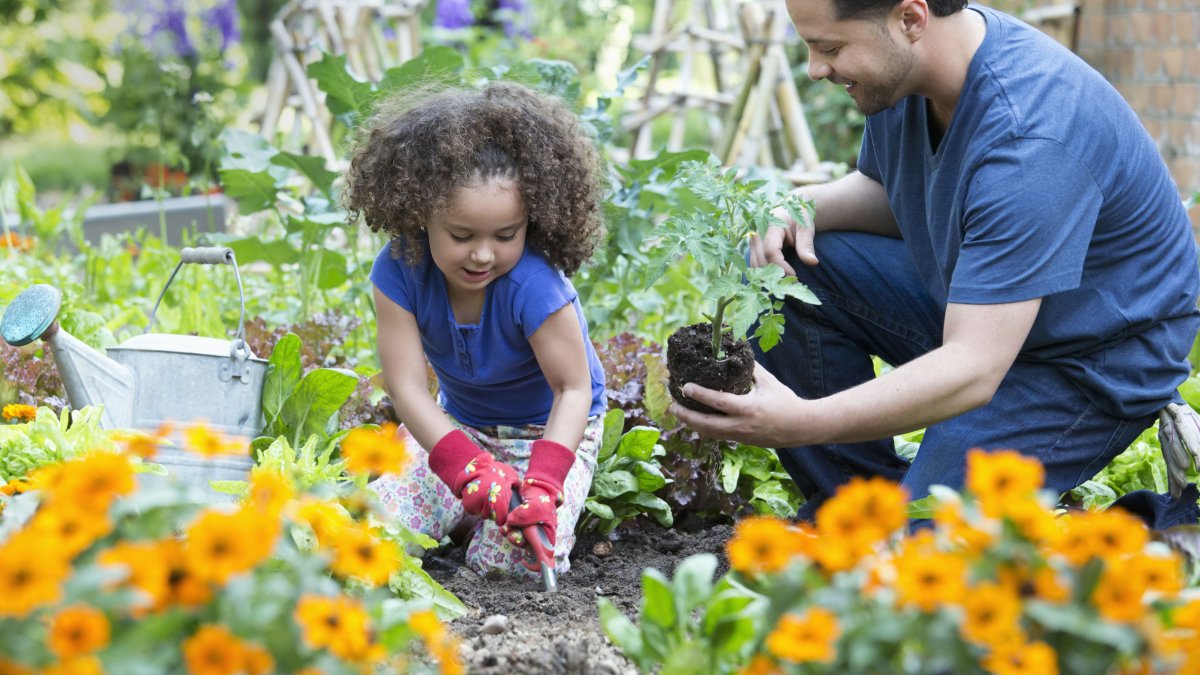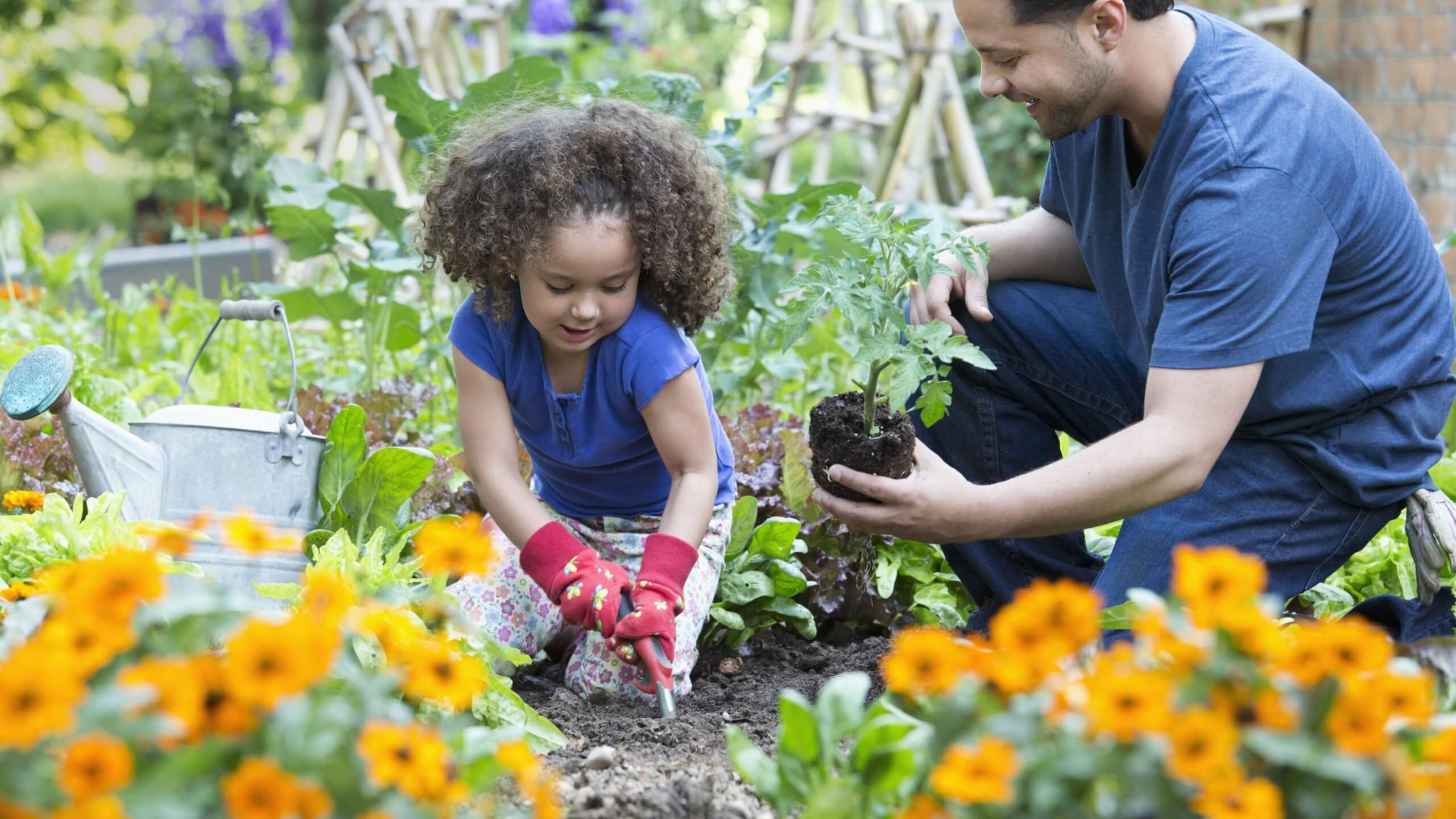Gardening is a great way to get your hands dirty and help to improve the environment around your home. However, if you’re new to gardening, there are a few things that you need to know in order to get started. Read on for tips on how to become a successful gardener.
What is Gardening?
Gardening can be defined as the art and science of growing plants. The practice of gardening can involve both outdoor and indoor plants, flowers, shrubs, trees, vegetables, fruit trees, and ornamental plants.
The benefits of gardening include providing fresh produce for your family, beautifying your property, aiding in the conservation of resources, improving air quality, reducing noise levels, promoting relaxation, and strengthening relationships with nature.
To be a successful gardener you will need to have a good knowledge of plant physiology and hydrology as well as effective cultivation techniques. Additionally, it is important to understand the ecology of your garden area so that you can make informed decisions about which plants to select and how to care for them.
What are the Different Types of Gardening?
In order to be a successful gardener, you need to have at least a basic understanding of the different types of gardening. There are three main types of gardening: intensive, extensive, and mixed. Intensive gardening focuses on cultivating a small area with high-quality plants, while extensive gardening covers an area with many different plants. Mixed gardens combine elements of all three types of gardening.
Intensive Gardening: This type of gardening is focused on cultivating a small area with high-quality plants, Such as Pineapples and talking about pineapples there are alot of people whi have this question in their mind How do pineapples grow?, if you know answer to this question do let us know below. One common method is to plant in rows, which allows for easy monitoring and care. You might also focus on specific types of plants, such as flowers or vegetables.
Extensive Gardening: This type of gardening covers an area with many different plants. You can either plan your garden before you start planting or let it grow organically. One common approach is to buy a pre-made vegetable garden or create a mixed garden using different plants from around the yard.
Mixed Gardening: Mixed gardens combine elements of all three types of gardening. You can create an intensive garden by adding flowers and vegetables, an extensive garden by planting in rows, or a mixed garden by combining both approaches.
How to Choose the Right Garden Seeds?
When you’re choosing the right garden seeds, you need to have a good understanding of what type of plants you want to grow. You also need to know how many seeds per pack you need, and how to sow them. We’ll cover all of this below.
Most gardeners will agree that knowing your plants is key when it comes to gardening. Part of this knowledge comes from understanding the types of plants that can be grown and their characteristics. There are three main plant categories: annuals, perennials, and vegetables. Annuals typically live for one year, perennials can last for many years, and vegetables can last several months or even a year. Knowing the characteristics of each type of plant will help you choose the right seeds for your garden and will not get the ring doorbell flashing.
Annual plants typically flowers for one year and then dies. Annual plants are great for adding color and texture to your garden in the summertime, but they won’t produce food or fruits over the winter. Examples of annual plants include petunias, impatiens, and zinnias.
Perennial plants typically live for more than one year but may not flower every year. Many perennials are tough enough
How to Plant and Care for a Garden?
A garden is a great way to get your hands dirty, learn about plants, and have some fun. If you’re new to gardening, or just want to upgrade your skills, read on for tips on how to plant and care for a garden.
When starting a garden, it’s important to choose the right location and soil type. A raised bed can be built in any sunny spot, but if you have less room, a ground-level garden is also possible. Choose a soil mix that drains well and is fertile but not too heavy. Add organic matter such as compost or aged manure when you plant to make it healthy and rich. If you’re growing vegetables, space them 24 inches apart unless they’re runner beans or peas which can be 12 inches apart. You’ll also need to think about what kind of plants you want to grow. If you have rubber plants in your garden then you might be seeing rubber plant curled leaves after some time, so you have to take extra care of them. Annuals need only be planted once and will die after flowering; perennials will live longer if divided in the fall or winter. Planting guidelines are available from your local extension service or online at Planting Guides from The Oregon State University Extension Service website (www.extension.state.or.us/plants/gardening/planting-guides).
How to Harvest Your Vegetables and Fruit in a Garden?
Gardening is one of the best ways to get in touch with nature and learn about sustainable living. By harvesting your own vegetables and fruit, you can avoid waste and help reduce the carbon footprint of your food. Here are some tips on how to harvest your produce:
Pick your fruits and vegetables when they are at their peak, but before they start to decay.
Avoid picking vegetables that are wilted or look spoiled.
Cut off branches and leaves from plants so they will not take up space and block other vegetables from being harvested.
Store harvested produce in a cool, dark place for optimal flavor.
Tips for Pruning Trees and Shrubs in a Garden?
One of the most important aspects of gardening is knowing how to prune your plants correctly. Here are some tips for trimming trees and shrubs in a garden:
1. Start by determining the size and shape of the plant you want to prune. For shrubs, measure the height and width of the branch you want to prune, then divide that number by two. This will give you the height at which to start pruning.
2. Make a preliminary cut just below the branch you want to prune. Be sure not to cut into the main stem or tree trunk! If there’s still too much growth after making this first cut, make a second cut 1/2 inch above the first one.
3. Hold onto the branch you’ve just cut and pull it out of the ground. If it’s a small shrub, you can probably just grab hold of one of its smaller branches and pull it out; for bigger shrubs, try grabbing hold of a larger branch and pulling it out together with the smaller one.
4. Repeat steps 2 and 3 until your plant is trimmed properly. If there are multiple branches being trimmed, repeat
Weather Conditions That Affect Gardening
Weather conditions can have a big impact on gardening. Here are a few weather conditions that affect gardening:
Temperature: Temperature affects the amount of water plants use and how vigorously they grow. It also affects the number of pests that can attack plants. Summer days are hotter than winter days, so be prepared to water more often in the summer and less often in the winter.
Precipitation: Precipitation is essential for plant growth. Too little rain or too much rain can cause problems for plants such as dehydration, pests, and diseases. A good rule of thumb is to water your plants when the top inch of soil feels dry.
Wind: Wind speeds range from 0 mph (0 km/h) to 100 mph (160 km/h). Strong wind can push objects around, damage plants, and carry away pollen or other plant materials. Planting distances should be adjusted for windy conditions.
Emily Hawthorne
Related posts
Stay connected
- How LoveOn Chat Is Becoming the Most Versatile AI Companion for Digital UsersThe internet keeps shifting toward hyper-personal interaction, and AI companions are at the center of this shift. What used to be simple chatbots are now evolving into emotionally aware, adaptive, and multi-functional digital partners. Among the new generation of platforms, LoveOn Chat is becoming one... The post How LoveOn Chat Is Becoming the Most Versatile […]


